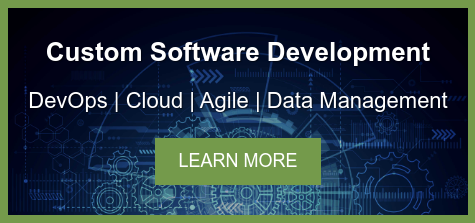
Machine Learning (ML) has revolutionized how we solve large-scale problems. Humans may be overwhelmed by myriads of variables and the sheer volume of information available. However, machines have proven effective at sifting through massive datasets and producing accurate, reliable outcomes. Let’s look deeper into ML and what it can do for your business.
What is Machine Learning?
Machine Learning allows computers to predict possible outcomes based on interpretations of known, historical outcomes or facts. By looking for patterns, correlations, cause and effect, or other predictors, a computer can arrive at a reasonable conclusion with a given degree of confidence in its accuracy. Machine learning enables businesses to enhance scalability and improve global operations.
Digital products utilizing ML help make decisions in our everyday lives. They predict how stock or portfolios will perform, which products you’ll be most likely to buy, or if your Google search for “python” should include websites about snakes or the programming language. You can even discover whether you would survive a hypothetical voyage on the RMS Titanic, given some background details.
How Does Machine Learning Work?
Machine Learning algorithms can make accurate predictions with little or no human interaction by analyzing many scenarios with known outcomes. However, there is some initial involvement in helping the machine “learn” how to predict. Initially, a training set – data to represent historical or real-world outcomes – has to be collected. Data must be organized and labeled to remove unrelated attributes (noise) and add weight to essential attributes.
Once a training set has been refined, a model can be written and tested against it. A model includes algorithms, workflows, and assumptions which allow the machine to arrive at an outcome. The model is trained and then run against a test dataset to determine accuracy and efficiency. It may be scored against human outcomes or repeated machine outcomes. If the desired results are not achieved, the model can be revised to account for various factors, guiding the machine to better results.
Is Machine Learning Right for Me?
As Machine Learning becomes more prevalent in our daily lives, business professionals are exploring if and how it can help solve their problems. There are a few things to consider before you dive into ML:
- The Right Data – To maintain accuracy and efficiency, data must be relevant. For example, you can sample a restaurant menu and answer the question, “What is this item?” (According to the description and ingredients, it’s a cheeseburger, a pizza, or ice cream.) However, the menu probably won’t contain the answer to “Why aren’t people buying my appetizers?”
- Enough Data - To ensure data is free from bias and noise, you will need a lot of it. How much? Many training sets start with millions of items.
- A Data Management System - Over time, data may change and can even be manipulated to bias or fool the model. Effectively maintained data models help account for data drift and safeguard against tampering.
Machine learning can predict user behavior when implemented correctly and solve large-scale problems in ways that will help your organization grow. If you have significant amounts of relevant data, ML might be the next step for you. Reach out to the experts at DragonSpears with questions on how to get started.


